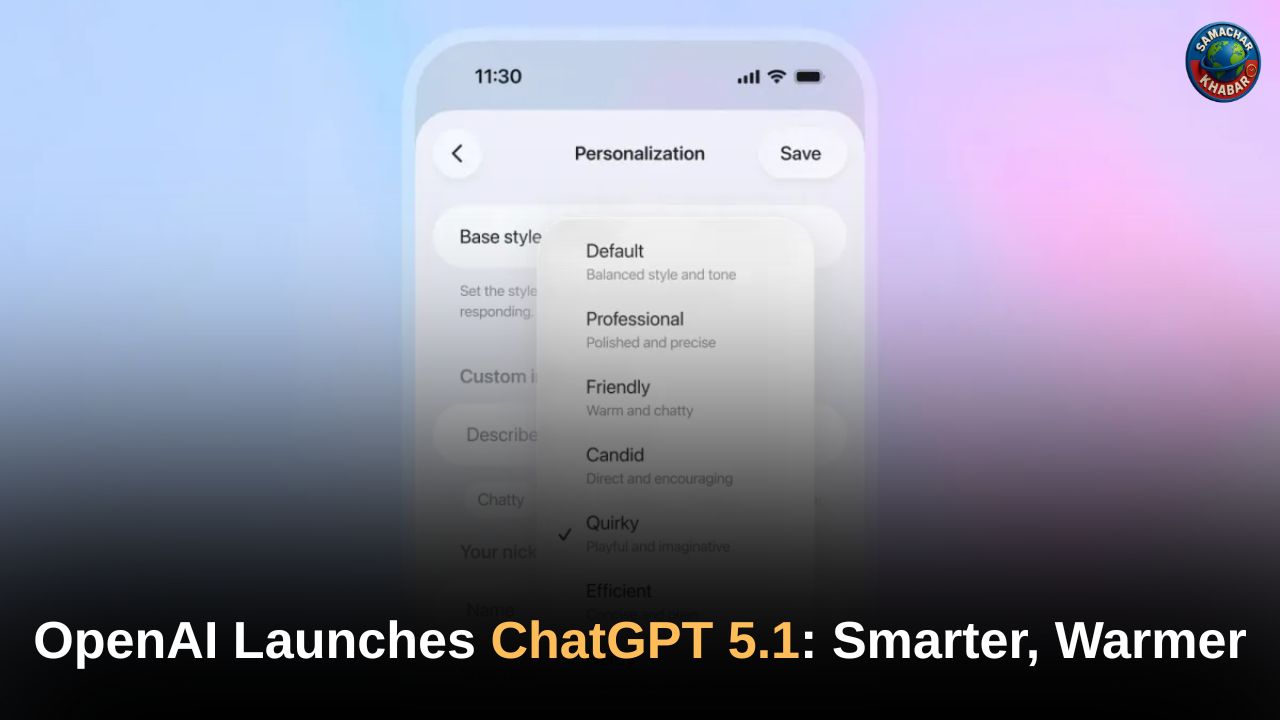Delhi-NCR has moved into emergency mode after days of worsening pollution forced authorities to activate Stage III of the Graded Response Action Plan. Large parts of the capital repeatedly crossed the 400 mark, drifting deep into the ‘severe’ zone, with areas like Anand Vihar, Chandni Chowk, Wazirpur, Bawana, and Burari recording highly toxic air.
Despite earlier hesitation from the Commission for Air Quality Management, the rising smog, visibility issues, and health concerns finally triggered the harshest restrictions of the season so far. The GRAP-3 rollout directly impacts schools, transportation, construction, and daily life across Delhi-NCR.
Key Takeaways on Delhi-NCR GRAP-3 Pollution Curbs
• GRAP-3 enforcement began after AQI touched severe levels across multiple key stations.
• Non-essential construction, DG sets, older BS-3 petrol and BS-4 diesel vehicles face immediate bans.
• Schools up to Class 5 shift to online or hybrid classes; offices advised to adopt work-from-home.
• CAQM delayed GRAP-3 earlier citing downward AQI trends and better conditions compared to 2024.
• Conflicting agency reports on stubble burning contribution, ranging between 9 percent and 31 percent.
Delhi’s Air Turns Critical: Why GRAP-3 Became Unavoidable
After weeks of deteriorating conditions, Delhi’s air quality entered the severe zone, with multiple locations consistently exceeding 400 AQI. The toxic haze thickened every morning, causing respiratory discomfort, irritation in the eyes, and visibility drops. While the Centre’s decision to implement GRAP-3 arrived after sustained public pressure, it followed a pattern of AQI readings that made further delay untenable.
Earlier, CAQM had refrained from rolling out Stage III, arguing that the city’s daily average showed slight downward movement and forecasts suggested very poor rather than severe conditions. But when several stations reported AQI near 425, the stricter phase became unavoidable.
AQI Trend Before GRAP-3 Activation
Air quality fluctuated sharply between ‘very poor’ and ‘severe’, with many stations recording extremely hazardous readings.
Area-wise AQI (Recent Trends)
| Location | AQI Reading (Severe Range) |
| Bawana | 412–462 |
| Wazirpur | 420–460 |
| Burari Crossing | 418–389 |
| Vivek Vihar | 411 |
| Anand Vihar | 379–400 |
| Chandni Chowk | 365–400 |
| Jahangir Puri | 394 |
Neighbouring cities such as Noida (354), Greater Noida (336), and Ghaziabad (339) also reported suffocating smog.
Why Authorities Initially Delayed GRAP-3 Despite Severe Air
The delay drew attention because the Supreme Court had earlier mandated GRAP-3 at AQI 350. But the Delhi Pollution Control Committee (DPCC) highlighted that pollution levels in early November 2025 were significantly better than the same period last year.
AQI Comparison: 2024 vs 2025 (First Week of November)
| Date | AQI in 2024 | AQI in 2025 |
| Nov 1 | 339 | 303 |
| Nov 3 | 382 | 309 |
| Nov 4 | 381 | 291 |
| Nov 5 | 373 | 202 |
| Nov 6 | 352 | 311 |
| Nov 7 | 377 | 322 |
Officials stated that coordinated actions like intensified dust control, debris removal, mechanical sweeping, and anti-smog operations held AQI down temporarily, postponing the need for harsher restrictions.
Understanding GRAP: What Each Stage Means
| GRAP Stage | AQI Range | Measures Triggered |
| Stage I | 201–300 | Basic dust control, ban on open waste burning |
| Stage II | 301–400 | Water sprinkling, DG-set limits, discouraging private vehicles |
| Stage III | 401–450 | Ban on older vehicles, construction halt, school restrictions |
| Stage IV | Above 450 | Complete halt of truck entry, more drastic curbs |
Last year, Stage III was imposed at 350 AQI, but CAQM revised the threshold in December 2024 to apply Stage III only after AQI crosses 400.
Also Read: Delhi-NCR Activates GRAP Stage-I as Air Quality Slips to ‘Poor’ Ahead of Diwali
Restrictions Now Active Under GRAP-3
Construction & Industrial Curbs:
• Ban on non-essential construction, demolition, piling, trenching, RMC plants.
• Closure of stone crushers, hot-mix plants, and mining units not using clean fuels.
• Transport of construction material like sand and cement was banned, especially on unpaved roads.
Vehicle & Transport Restrictions:
• Ban on BS-III petrol and BS-IV diesel four-wheelers in Delhi, Gurugram, Faridabad, Ghaziabad, and Noida.
• Restrictions on inter-state diesel buses entering Delhi.
Power & Generator Use:
• Diesel generator sets are banned except for essential/emergency services.
Education & Work-Life:
• Schools up to Class 5 must shift to online or hybrid mode.
• Private companies advised to adopt work-from-home or hybrid schedules.
• Citizens urged to reduce private vehicle usage and carpool.
What Is Driving the Pollution Spike? Conflicting Data Emerges
The debate over the root cause intensified as two scientific sources reported sharply different figures.
• IITM Forecast: Stubble burning is projected to contribute around 31 percent to PM2.5 levels on certain days.
• CAQM Decision Support System: Farm fire contribution between 8.64 and 9.61 percent, suggesting most pollution came from local emissions, vehicular traffic, industrial activities, dust, and Diwali aftermath.
Delhi Pollution: ‘HELP US BREATHE’, Parents, Students Ask Government To Fix Delhi Air Pollution!
Authorities also noted that despite improvement in early November, the recent surge reflects a combination of regional and local factors, making GRAP-3 crucial for slowing the spike.
Pollution and Inner Purity: Insights from Tatvdarshi Saint Rampal Ji Maharaj Ji
As Delhi grapples with recurring pollution crises, many residents are turning toward spiritual clarity to understand deeper causes of human suffering and environmental imbalance. Tatvdarshi Saint Rampal Ji Maharaj emphasizes that true peace, health, and harmony arise only when human life aligns with the eternal principles of creation. His spiritual teachings highlight how excessive desires, unrestricted consumption, and ignorance of the Supreme Knowledge disturb both inner and outer environments.
According to His guidance, adopting a disciplined, devotion-based lifestyle rooted in the correct way of worship can reduce human-driven harm and promote collective well-being. In times when physical air becomes toxic, His message inspires individuals to purify their inner environment through true devotion and moral living.
A Wrap-Up on Delhi’s Transition to GRAP-3
Activating GRAP-3 marks the sharpest escalation in Delhi’s winter pollution response. With AQI readings slipping well into the severe zone across several districts, authorities finally moved beyond advisory-level measures to hard restrictions. Even as early November showed improvement over last year, the sudden worsening demanded urgent intervention. With construction paused, vehicles restricted, industries curtailed, and younger students shifted online, Delhi-NCR is under its strongest protective measures yet. Whether these steps succeed in easing toxic air over the coming days will determine how the capital navigates the rest of its pollution-heavy season.
FAQs on GRAP-3 Implementation in Delhi-NCR Amid Severe Air Quality
1. What is GRAP-3 and when is it enforced in Delhi?
GRAP-3 is the severe-category pollution response, enforced when AQI crosses 400. It brings strict curbs on vehicles, construction, generators, and school operations.
2. Which vehicles are banned under GRAP-3 in Delhi-NCR?
All BS-III petrol and BS-IV diesel four-wheelers are banned in Delhi, Gurugram, Faridabad, Ghaziabad, and Noida, except essential-service vehicles.
3. Are schools closed in Delhi under GRAP-3 restrictions?
Yes. Schools up to Class 5 must switch to online or hybrid classes to protect young children from severe air pollution exposure.
4. What construction activities stop during GRAP-3?
All non-essential construction and demolition activities, including piling, earthwork, trenching, and RMC plant operations, are completely banned.
5. Why did Delhi delay GRAP-3 despite severe AQI levels?
Authorities said early November AQI was better than last year and showed declining trends. GRAP-3 was imposed only after pollution consistently stayed in the severe range.
















